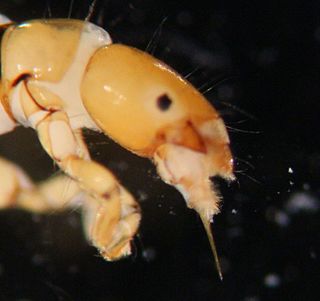
Dipseudopsidae is a family of caddisflies in the order Trichoptera. There are about 6 genera and at least 110 described species in Dipseudopsidae.
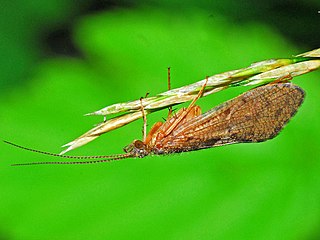
Rhyacophila is a genus of caddisflies in the family Rhyacophilidae. There are at least 640 described species in Rhyacophila.
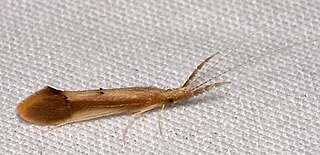
Triaenodes is a genus of long-horned caddisflies in the family Leptoceridae. There are at least 170 described species in Triaenodes.
Neureclipsis crepuscularis is a species of tube maker caddisflies in the family Polycentropodidae. It is found in North America.
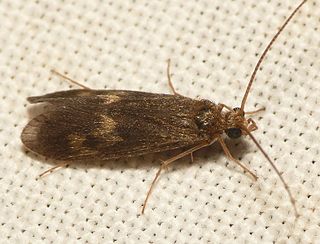
Neureclipsis is a genus of tube maker caddisflies in the family Polycentropodidae. There are at least 8 described species in Neureclipsis.
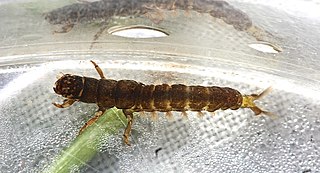
Hydropsyche venularis is a species of netspinning caddisflies in the family Hydropsychidae. It is found in North America.
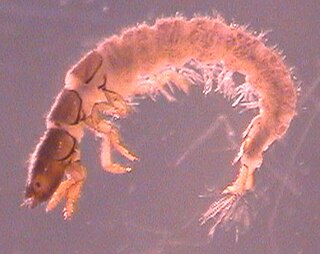
Cheumatopsyche is a genus of netspinning caddisflies in the family Hydropsychidae. There are at least 240 described species in Cheumatopsyche.

Pycnopsyche is a genus of northern caddisflies in the family Limnephilidae. There are about 17 described species in Pycnopsyche.
Calamoceratidae is a family of caddisflies in the order Trichoptera. There are about 9 genera and at least 120 described species in Calamoceratidae.
Sericostomatidae is a family of bushtailed caddisflies in the order Trichoptera. There are about 19 genera and at least 90 described species in Sericostomatidae.
Goeridae is a family of caddisflies in the order Trichoptera. There are about 12 genera and at least 160 described species in Goeridae.

Goera is a genus of caddisflies in the family Goeridae. There are at least 120 described species in Goera.
Gumaga is a genus of bushtailed caddisflies in the family Sericostomatidae. There are about six described species in Gumaga.
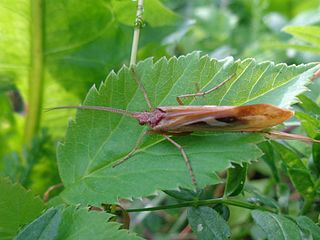
Limnephilus rhombicus is a species of northern caddisfly in the family Limnephilidae. It is found in Europe and northern Asia.
Amiocentrus is a genus of humpless casemaker caddisflies in the family Brachycentridae. There are at least two described species in Amiocentrus.
Psychoglypha is a genus of northern caddisflies in the family Limnephilidae. There are about 14 described species in Psychoglypha.

Glyphopsyche is a genus of northern caddisflies in the family Limnephilidae. There are at least three described species in Glyphopsyche.

Ironoquia is a genus of northern caddisflies in the family Limnephilidae. There are about seven described species in Ironoquia.
Lenarchus is a genus of northern caddisflies in the family Limnephilidae. There are about 13 described species in Lenarchus.
Anagapetus is a genus of little black caddisflies in the family Glossosomatidae. There are about seven described species in Anagapetus.











